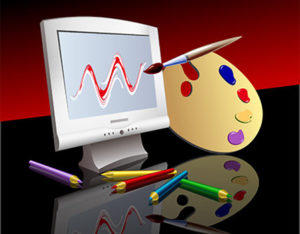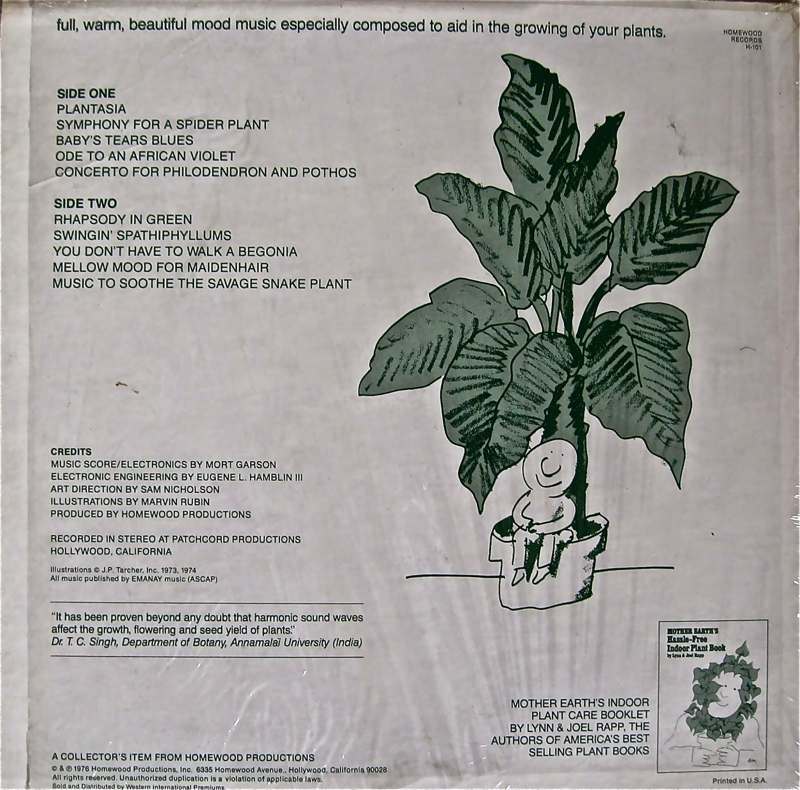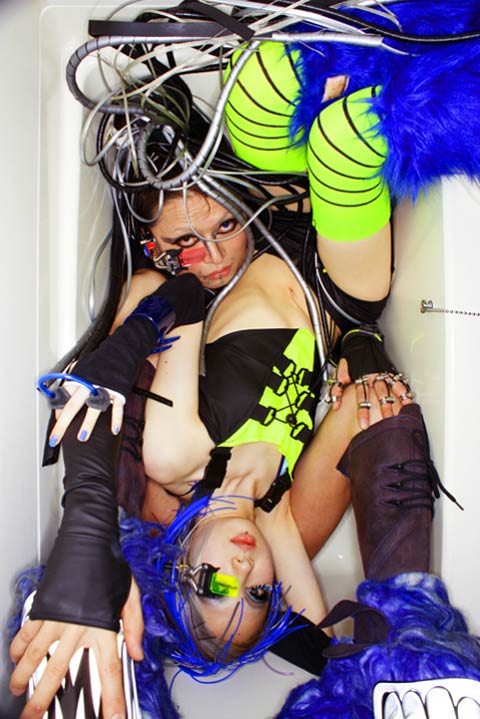Human creativity represents an enigma to the research community: it is all but impossible to describe the process in unequivocal terms, yet there is a strong desire to promote and encourage this uniquely human activity. Within the realm of human-computer interaction, the challenge is to understand in what ways technology can enhance the creative process. (Mamykina, Candy, & Edmonds, 2002, p. 96)

Creativity in the arts has been grounded in the fundamentals of hands-on activities such as drawing and painting. When technology is brought into the environment as a method of creating art, does this hinder or enhance the previous artistic process. Does the use of technology inhibit more or less creativity within ourselves and within the processes we undergo?
Following a comprehensive series of studies on creativity enhancing technologies, Edmonds et al. (2005) point to a concern in understanding the opportunities and limitations of computer technology for creativity, ―a key question that the research from the creativity research community does not answer is whether or not the use of computer tools makes a difference to the process or its outcomes or both‖ (p. 455). They go on to say that while the use of computers in the creative process is well recognized, the true value of computers in enhancing creativity is still often unclear. Computer technology, which includes computer software, is not in any way comparable to the paint, pencils, mediums, etc. of the traditional tools of artists. Computer software not only may have the ability to facilitate creativity but it may also even help foster and grow creativity.



